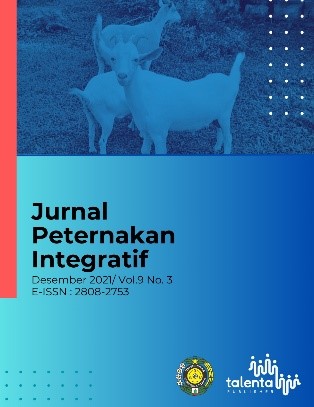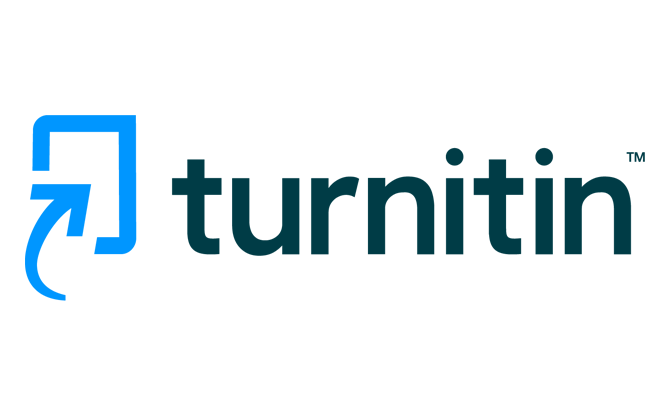Analysis of Waste Management in Regional Slaughterhouse Companies in Medan City
DOI:
https://doi.org/10.32734/jpi.v9i3.8024Keywords:
algae, inlet, waste management, waste treatment tub, waste water qualityAbstract
Slaughterhouse produce alot of contaminated waste. This study aims to determine the process of waste management and test the content of wastewater in the Regional Slaughterhouse Company of Medan City. This research was conducted from August to September 2021. This research was a descriptive quantitative and laboratory tests were carried out. The population in this study were 30 employees or workers at the Medan City slaughterhouse and the entire population was sampled because the number was relatively small. The research indicators were the inlet, waste treatment tub, the water, the utilization of algae, and the outlet. Analysis of research data using a quantitative approach (descriptive statistics) and laboratory test to determine the content of BOD, COD, TSS, oil or fat, NH3-N, and the pH of wastewater. The results showed that the waste management process at the Medan City Slaughterhouse Regional Company was in the good category, which means that the waste management at the slaugterhouse was adequate because it had met the requirements for the slaughtering process at the slaugterhouse. However, in the process of cleaning and routine maintenance on the oxidation pond, the slaughterhouse is in the fairly good enough category. The quality status of the outlet wastewater (oxidation pond) is in the good category and has met the quality standards. Based on the results of Multiple Linear Regression analysis that waste management at the inlet (X1), waste treatment tub (X2), water (X3) and algae (X4) affects the outlet (Y) in the City Slaughterhouse Regional Company. Medan
Downloads
Downloads
Published
Issue
Section
License
Copyright (c) 2022 Jurnal Peternakan Integratif

This work is licensed under a Creative Commons Attribution-ShareAlike 4.0 International License.
The Authors submitting a manuscript do so on the understanding that if accepted for publication, copyright of the article shall be assigned to Jurnal Peternakan Integratif as well as TALENTA Publisher Universitas Sumatera Utara as the publisher of the journal.
Copyright encompasses exclusive rights to reproduce and deliver the article in all forms and media. The reproduction of any part of this journal, its storage in databases and its transmission by any form or media, will be allowed only with written permission from Jurnal Peternakan Integratif.
The Copyright Transfer Form can be downloaded here.
The copyright form should be signed originally and sent to the Editorial Office in the form of original mail or scanned document.















